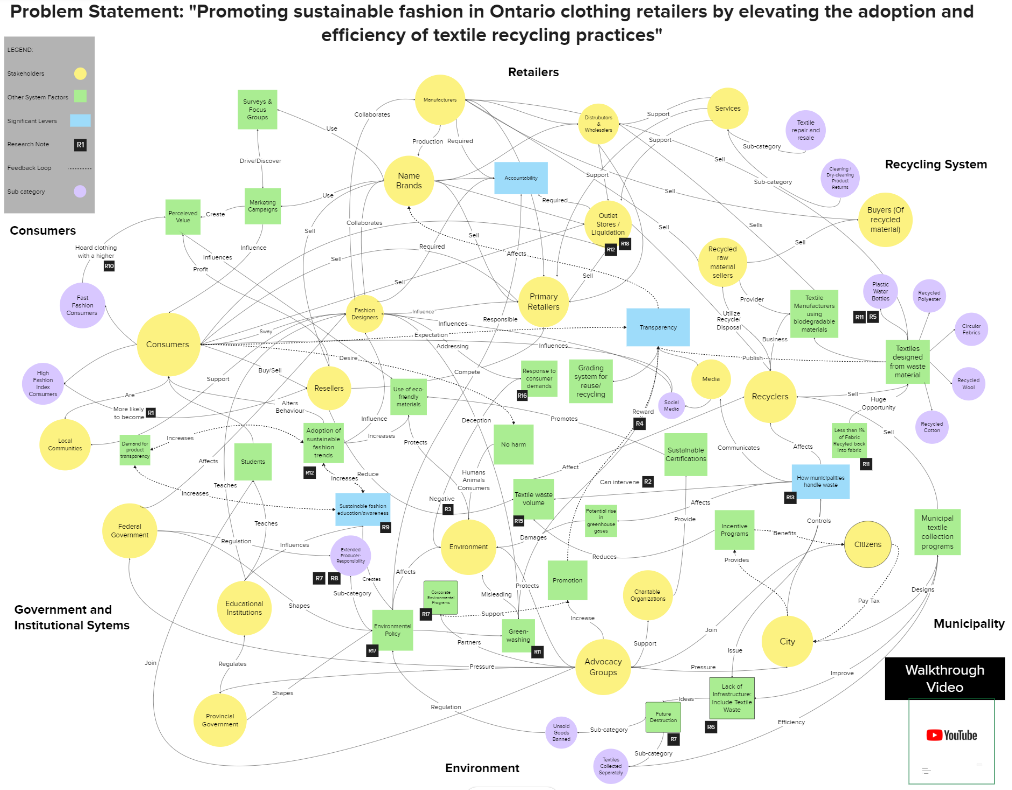Introduction
Addressing challenges and capitalizing on opportunities require more than traditional problem-solving techniques. Systems thinking offers a transformative approach, enabling small business owners to view their operations, challenges, and markets holistically. This guide delves into the basics of systems thinking and how it can be a game-changer for small businesses.
What is Systems Thinking?
Systems thinking is a methodological approach that focuses on understanding the interconnectedness and patterns within a system, rather than isolating its parts. For small businesses, this means viewing the company not just as individual departments or functions but as a cohesive entity influenced by its environment, internal dynamics, and external factors.
Key Principles of Systems Thinking in Small Business Context
- Interconnectedness: Recognizing how various aspects of your business are interconnected.
- Holism: Viewing your business as a whole, understanding that changes in one area can affect the entire operation.
- Feedback Loops: Identifying and managing feedback mechanisms within your business system.
- Causality: Understanding complex cause and effect relationships in your business.
- Emergence: Recognizing that collective behavior can produce unpredictable outcomes.
Applications of Systems Thinking in Small Businesses
Strategic Planning
Systems thinking aids in developing comprehensive strategies that consider all facets of the business. It allows for anticipating the impact of strategic decisions across the entire company, ensuring that plans are robust and cohesive.
Problem-Solving
By adopting a systems approach, small business owners can identify the root causes of problems, rather than just addressing symptoms. This leads to more effective and sustainable solutions.
Innovation and Adaptation
Understanding the dynamic interplay of various elements within and outside the business helps in fostering innovation and adapting to changing market conditions.
Resource Management
Systems thinking provides insights into optimizing resource allocation, ensuring that investments in time, capital, and human resources contribute to the overall health and growth of the business.
Implementing Systems Thinking in Your Small Business
- Training and Mindset: Cultivate a systems thinking mindset among your team through training sessions and workshops.
- Tools and Techniques: Utilize tools such as causal loop diagrams, system maps, and leverage point analysis in decision-making.
- Collaboration: Encourage cross-functional collaboration within your business to foster an integrated approach to challenges.
- Continuous Learning: Promote continuous learning and adaptation based on feedback and changing scenarios.
Conclusion
For small businesses, systems thinking offers a profound shift in addressing complexities and achieving sustainable growth. By understanding and implementing this approach, we can realize our place in the vastness of a system. It is incredibly helpful for us to understand leverage points and guide our strategy.


